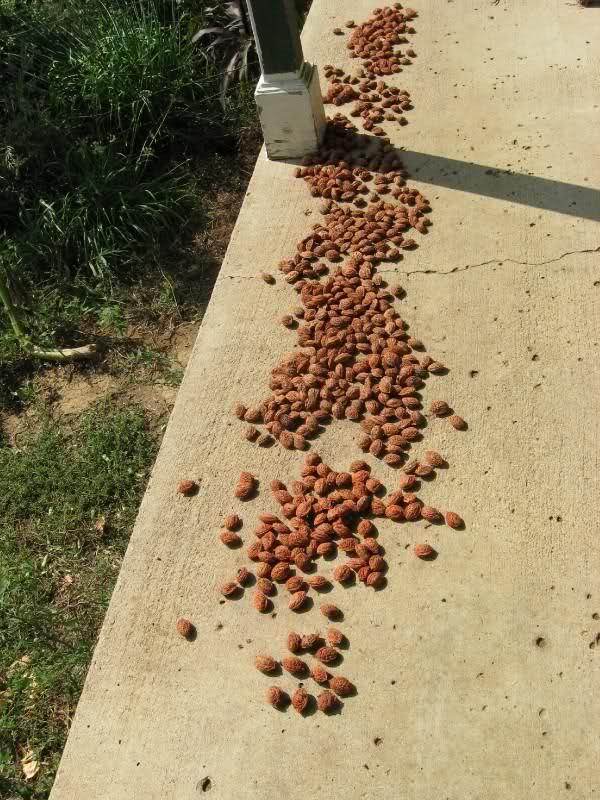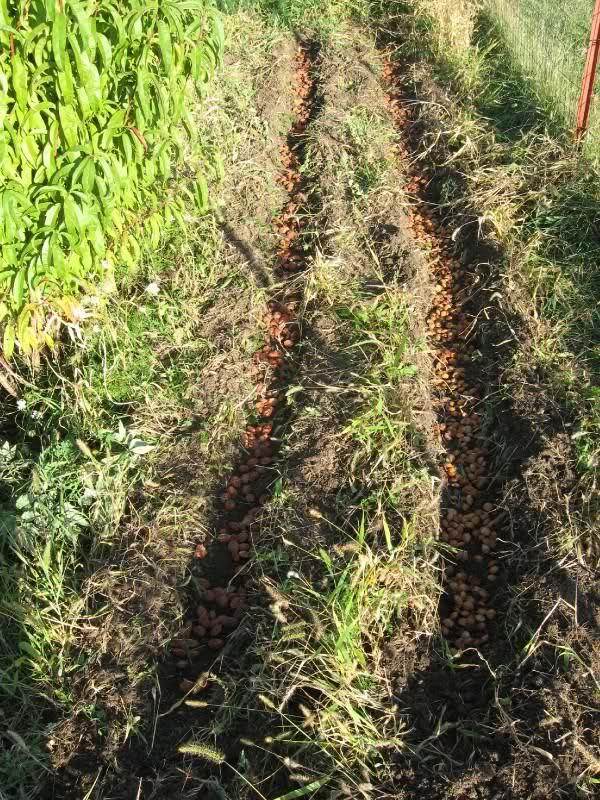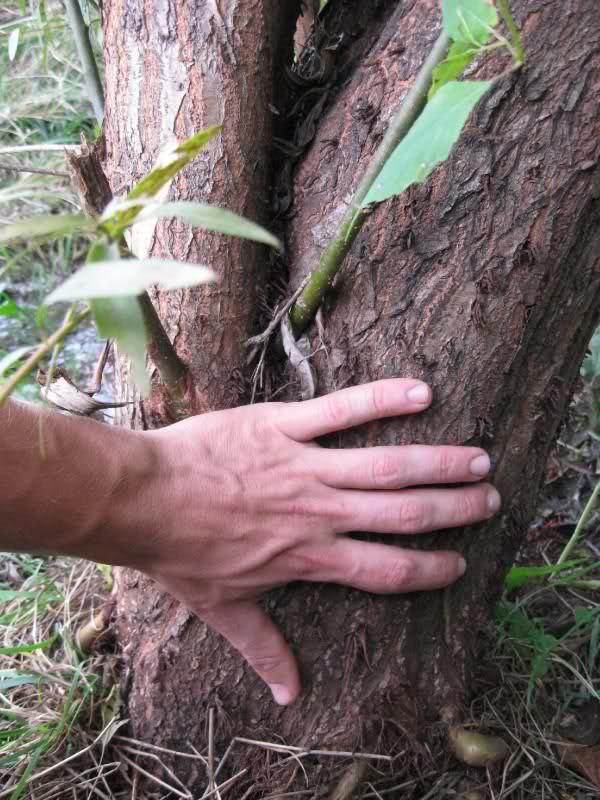


The Humble Soapnut - A Guide to the Laundry Detergent that Grows on Trees ebook by Kathryn Ossing
will be released to subscribers in:
soon!



 3
3









[img]http://i109.photobucket.com/albums/n52/havlik1/permie%20pics2/permiepotrait3pdd.jpg[/img]
"One cannot help an involuntary process. The point is not to disturb it. - Dr. Michel Odent
 1
1




My books, movies, videos, podcasts, events ... the big collection of paul wheaton stuff!
 1
1




[b]an attempt at reflexivity[/b]
[b]central Florida permaculture[/b]
 3
3









[b]an attempt at reflexivity[/b]
[b]central Florida permaculture[/b]
 1
1




 6
6







 3
3




Principal - Terra Phoenix Design
http://TerraPhoenixDesign.com









My books, movies, videos, podcasts, events ... the big collection of paul wheaton stuff!
 1
1








paul wheaton wrote:
lkz5ia,
So, are you drying the pits on the sidewalk?
And are you planting hundreds of pits all at once because only 1 out of 100 will germinate?
 1
1




My books, movies, videos, podcasts, events ... the big collection of paul wheaton stuff!




 1
1








 3
3




 1
1




 3
3




Brenda
Bloom where you are planted.
http://restfultrailsfoodforestgarden.blogspot.com/
 2
2




 1
1




Dave Boehnlein wrote:I would say that the successful (and happy) guerrilla fruit tree planter has to make a mental shift. All the advice regarding the how-to's is good, but if you're going to do it you need to be aware that a lot of the trees you plant are going to be brutally killed. This can be heart wrenching, especially if you're glassy eyed with hope for the future of your beautiful, fruit-bearing babies.




 4
4




 2
2




 2
2




"Turn your face to the sun and the shadows fall behind you." ~Maori Proverb
www.permi-eden.com
 3
3




Jane




"Turn your face to the sun and the shadows fall behind you." ~Maori Proverb
www.permi-eden.com
 2
2




Yes, I'm that David The Good. My books are here: http://amzn.to/2kYcCKp. My daily site is here http://www.thesurvivalgardener.com and my awesome videos are here https://www.youtube.com/subscription_center?add_user=davidthegood




Andrew Michaels wrote:Does anyone know how old a tree sprouted from a pit should be before you transplant it? How can you best prepare the soil where you'll plant it? How do you care for it afterwards?
Xisca - pics! Dry subtropical Mediterranean - My project
However loud I tell it, this is never a truth, only my experience...
 1
1




 4
4




Check out Redhawk's soil series: https://permies.com/wiki/redhawk-soil




Xisca - pics! Dry subtropical Mediterranean - My project
However loud I tell it, this is never a truth, only my experience...
 1
1




Check out Redhawk's soil series: https://permies.com/wiki/redhawk-soil




Xisca - pics! Dry subtropical Mediterranean - My project
However loud I tell it, this is never a truth, only my experience...




 1
1




 2
2




When you reach your lowest point, you are open to the greatest change.
-Avatar Aang
 1
1




Check out Redhawk's soil series: https://permies.com/wiki/redhawk-soil




When you reach your lowest point, you are open to the greatest change.
-Avatar Aang

|
This tiny ad is suggesting that maybe she should go play in traffic.
Back the BEL - Invest in the Permaculture Bootcamp
https://permies.com/w/bel-fundraiser
|


